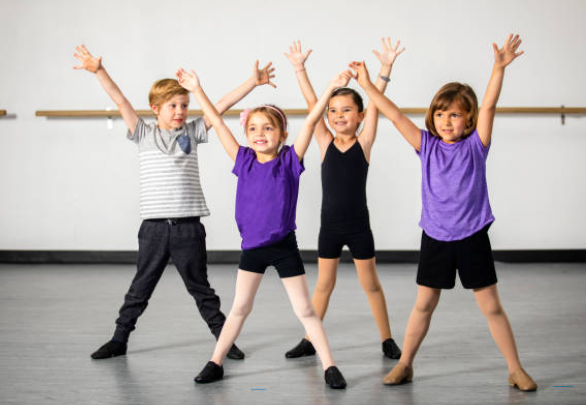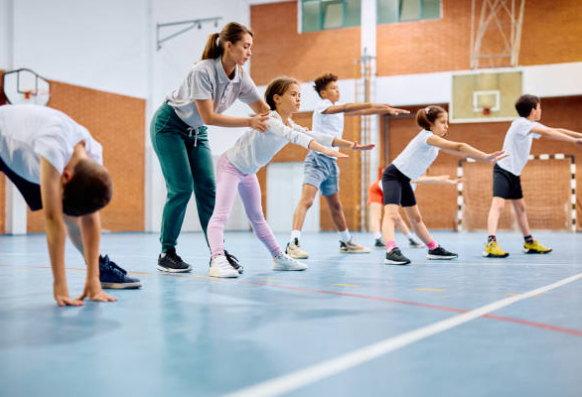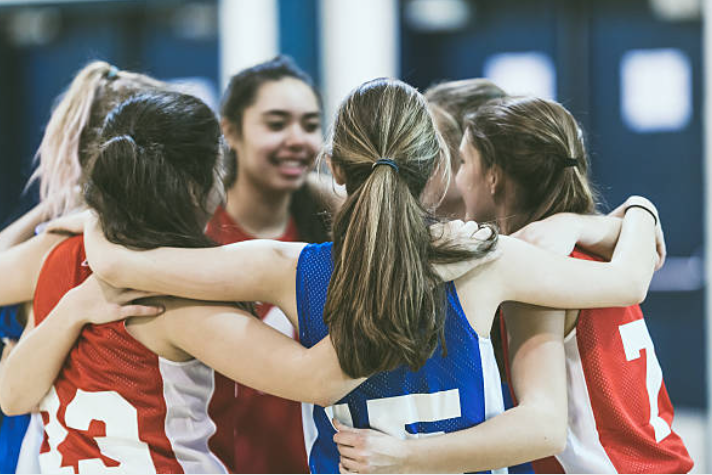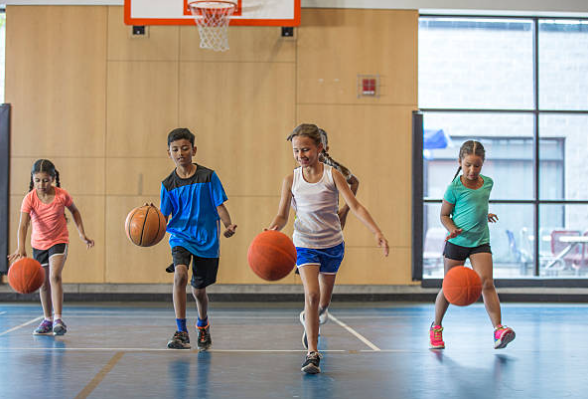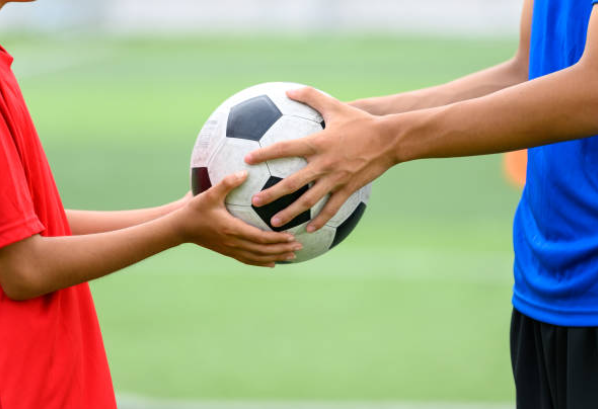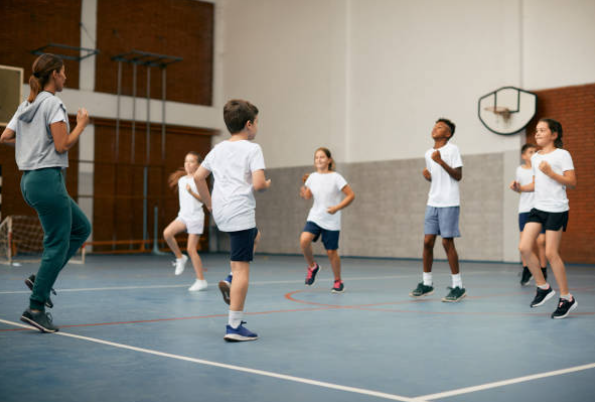Creativity Through Embodied Movement in Expressive Activities: Conceptualising a New Pedagogical Model
This work aimed to outline the first stages for the development of a pedagogical model for teaching-learning of expressive content within physical education (creative body movement). Drawing on several suggestions from previous models’ conceptualizations, we explore and present the theoretical fou
Health-Based Physical Education and Sport Education: the staging of a hybridization from a collaborative approach
This qualitative study aimed to describe the collaborative process followed by an in-service teacher and two university researchers in co-designing and implementing a Health-based Physical Education/Sport Education hybridization and to explore the perceived strengths/weaknesses of the process. An 11
Physical Activity Levels and Body Mass Index in Sport Education. Is There a Difference?
Purpose: The goals of this study were: (1) to assess students’ physical activity levels in a sport education season according to the phases of the model, adjusted for body mass index; (2) to uncover the contribution of the phases of the model to the World Health Organization recommendations; (3)
The Teaching Personal and Social Responsibility Model within the School Context: A Systematic Review
The main objective of this research was to analyze the impact and development of intervention programs based on the Teaching Personal and Social Responsibility (TPSR) model within the school context. A systematic review was conducted in seven international databases. The keywords “TPSR” and “E
A Comparison of Motivation and Physical Activity Levels Between a Sport Education Season and a Hybrid Sport Education and Cooperative Learning Season
Purpose: To understand how a season of sport education (SE) and a hybrid SE and cooperative learning season impacted on elementary school students’ physical activity levels and motivation and to examine possible differences according to gender. Method: A total of 97 fourth- to fifth-grade stude
Sportspersonship Under Review: An Examination of Fair Play Attitudes Through the Contextualized Sport Alphabetization Model in Primary Physical Education
Purpose: The goal was twofold: (a) to analyze the evolution of sportspersonship attitudes and negative values along a learning unit using the contextualized sport alphabetization model and (b) to determine the associations between sportspersonship and self-determined motivation. Method: The study
Hybridizing Outdoor Adventure Education and Cooperative Learning in physical education. Students and teachers’ views
The goal of the study was to assess the effects of two instructional frameworks (Cooperative Learning/Outdoor Adventure Education hybridization and Direct Instruction) on students’ motivation and disruptive behaviours and explore students and teachers’ views on hybridization. The participants we
Exploring Game Performance and Game Involvement: Effects of a Sport Education Season and a Combined Sport Education—Teaching Games for Understanding Unit
Purpose: The purpose of this study was to establish any difference in terms of game performance and game involvement using Sport Education (SE) or a combined use of SE and Teaching Games for Understanding (TGfU). In a bid to facilitate future implementation of these models, the study provides a rich
Game Performance Assessment Instrument in Physical Education: A systematic review.
The GPAI assesses game performance in physical education, highlighting hybrid pedagogical models that enhance learning. Its implementation leverages technology, such as video recordings, and encourages active student involvement in the evaluation process.
The Teaching Personal and Social Responsibility model within the school context: A systematic review.
Implementing a sport education model in physical education classes helps overweight and obese children achieve WHO-recommended activity levels, similar to their normal-weight peers. Key components such as role assignments, structured routines, and student autonomy enhance engagement and inclusivity

